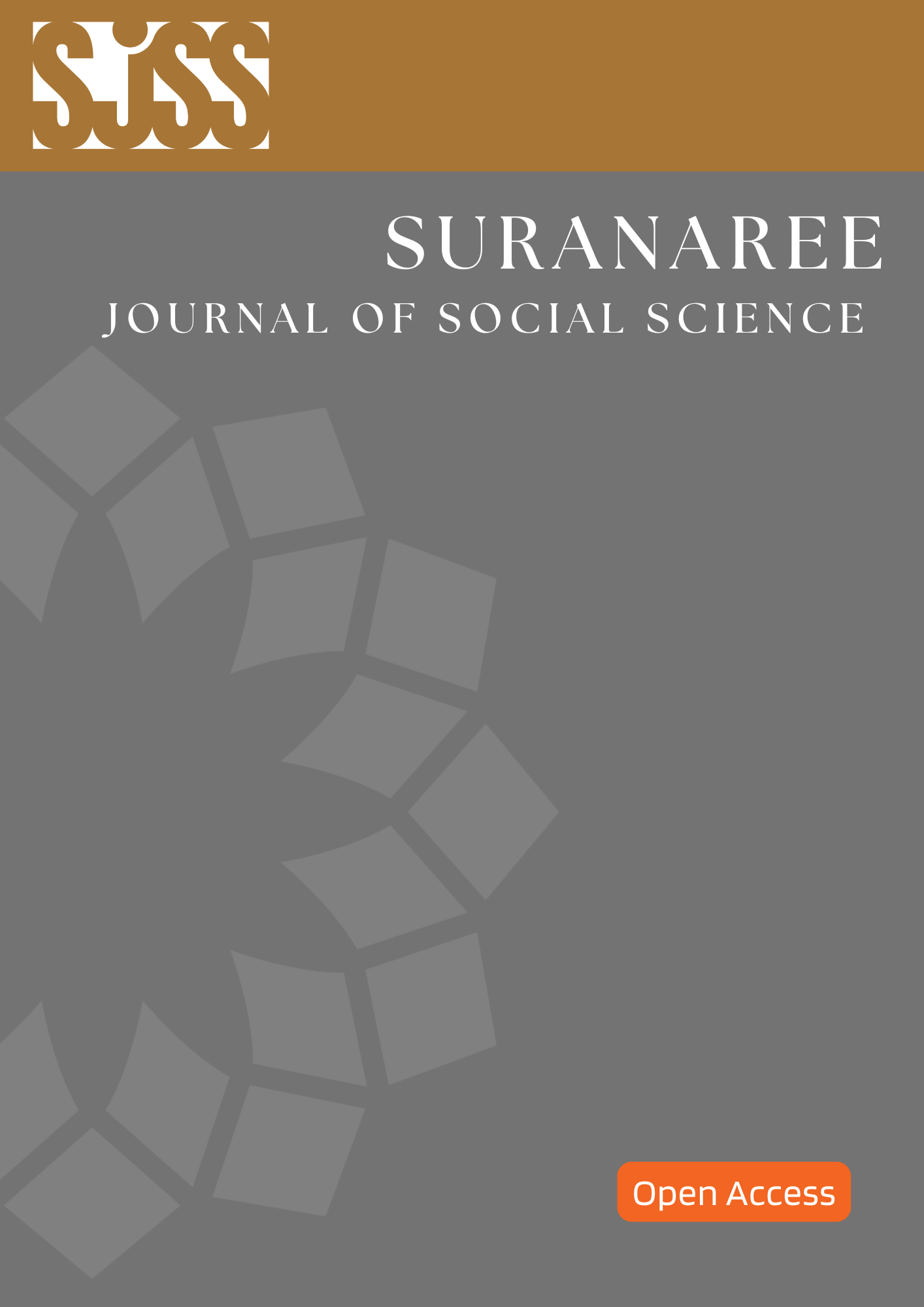The Development of Food Safety Mechanism for Hotel Business: A Case Study of Chaing Saen District, Chiang Rai Province
Main Article Content
Abstract
The aim of this study is to develop the food safety mechanism for hotel business located in Chaing Saen District, Chiang Rai province. The methods of this study consist of the in-depth interview in the relevant sectors on the Chiang Rai Food safety’ project. Moreover, five of hotels located in Chiang Saen district were included for the environmental observation and chemical contamination analysis using the test-kits including borax, salicylic acid, sodium hydrogen sulfide, formalin, and pesticide. In addition, the biological contamination associated with the most probable number or MPN method was applied to analyze the E. coli contamination. These data were analyzed to develop the food safety mechanism in the public hearing for the relevant sectors. It is concluded that although the Chiang Rai Food Safety’s project was created, they lacked the planning of the raw materials related to the demand of the consumer. For the hotel business in Chaing Saen District, those hotels had created the proper environment for food preparation and dining. However, one of the hotels in this study found the E.coli contamination in the drinking water sample. Therefore, the main food safety mechanisms in this study are 1) crop planning between the agriculturist and the hotel’s owner; 2) supporting the food safety distribution; 3) promoting the local raw materials for the hotel business, and; 4) providing the training on the food sanitation and safety programs in the hotel business.
Article Details

This work is licensed under a Creative Commons Attribution-NonCommercial-NoDerivatives 4.0 International License.
References
Cappuccino, J.G. & Sherman, N. (2008). Microbiology: A Laboratory Manual. 9th ed. San Francisco: Benjamin Cummins.
Chen, M.-F., & Tung, P.-J. (2014). Developing an extended Theory of Planned Behavior model to predict consumers’ intention to visit green hotels. International Journal of Hospitality Management. 36: 221-230.
Chiang Rai Provincial Public Health Office. (2019). Annual Epidemiological Surveillance Report in May, 2019. (In Thai). [Online]. Available: http://61.19.32.25/epid/data/monthly_report/may62.pdf
Department of Disease Control, Ministry of Public Health. (2017). Annual Epidemiological Surveillance Report 2017. (In Thai). [Online]. Available: https://apps.boe.moph.go.th/boeeng/download/AESR-6112-24.pdf?fbclid=IwAR1mxpCq9_-vZc6GaCvaVab8vIe1tnZOpt7Tgb1LJFRGMFI20xvfKaZ383
Department of Health, Ministry of Public Health. (2015). Manual of Environmental Health Officer. (In Thai). Bangkok: Suan Suandha Rajabhat University.
Department of Medical Science, Ministry of Public Health. (2008). Manual of Chemical Test-Kits for Food Safety. (In Thai). Bangkok: The publishing of National Office of Buddhism.
Gale, F. (1997). Direct Farm Marketing as a Rural Development Tool. Rural Development Perspective. 12: 19-25.
Greater Mekong Subregion Secretariat. (2019). Economic Corridors in the Greater Mekong Subregion [Online]. Available: https://greatermekong.org/content/economic-corridors-in-the-greater-mekong-subregion
Borwaree, I. (2016). Consumer behavior in eating vegetables in Bangkok. (In Thai). VRU Research and Development Journal Humanities and Social Science. 11(1): 319-325.
Kunakorabordin, S., Muakkul, M., Sena, W., & Sriprasert, S. (2006). Potentialities for Tourism Planning and Management: A Case Study of Lanna Food Restaurants in Chiang Rai Province. Bangkok: The Thailand Research Fund.
Marchado, R. A. M., & Cutter, C. N. (2017). Sanitation indicators as a tool to evaluate a food safety and sanitation training program for farmstead cheese processors. Food Control. 78: 264-269.
McSwane, D., Rue, N. R., & Linton, R. (2005). Essentials of Food Safety and Sanitation (4th ed.). New Jersey, USA: Pearson Education.
Osaili, T. M., Al-Nabulsi, A. A., & Krasneh, H. D. A. (2018). Food safety knowledge among foodservice staff at the universities in Jordan. Food Control. 89: 167-176.
Praveena, S. M., Huyok, N. F. K., & de Burbure, C. (2018). Public health risk assessment from drinking water from vending machines in Seri Kembangan (Malaysia). Food Control. 91: 41-46.
Shaw, I. C. (2013). Food Safety: The Science of Keeping Food Safe. United Kingdom: Wiley-Blackwell
Chusri, S., & Atiwaythin, T. (2015). The guideline of service quality improvement for guesthouses and restaurants in Khoasarn Road area (In Thai). Srinakharinwirot Business Journal. 6(2): 47-61
Thai Public Broadcasting Service. (2018). Pesticide Contamination in Hydroponics Crops. (In Thai). [Online]. Available: https://news.thaipbs.or.th/content/269538
Thai Health Promotion Foundation. (2018). Sampran Model for Sustainability Life. (In Thai). Nakhon Pathom: Sampran Publishing Team.
The Vacharaphol Co., LTD. (2018). Seriously Control the Pesticide Contamination on Vegetable and Fruit. (In Thai). [Online]. Available: https://www.thairath.co.th/content/1386402
Tourism Authority of Thailand. (2009). Chiang Rai Province. (In Thai). [On-line]. Available: https://www.tourismthailand.org/fileadmin/upload_img/Multimedia/Ebrochure/148/13-%E0%B9%80%E0%B8%8A%E0%B8%B5%E0%B8%A2%E0%B8%87%E0%B8%A3%E0%B8%B2%E0%B8%A2.pdf
U.S. Food and Drug Administration. (2018). BAM Appendix 2: Most Probable Number from Serial Dilutions [Online]. Available: https://www.fda.gov/Food/FoodScienceResearch/LaboratoryMethods/ucm109656.htm
Keawdounglek, V. (2019). Assessment of food hazards in local restaurants in Chiang Rai, Thailand. Journal of Current Science and Technology. 9(1): 17-27.
Walski, T. (2014). Consequential Research. Journal of Water Resources Planning and Management. 140(5): 559-561.
Weeranuch Lang. (2009). Manaul of Microbiological Analysis for Food Science. (In Thai). Bangkok: Kasetsart University.
World Health Organization (WHO). (2011). Guidelines for Drinking water Quality (4th ed). Switzerland: World Health Organization.


